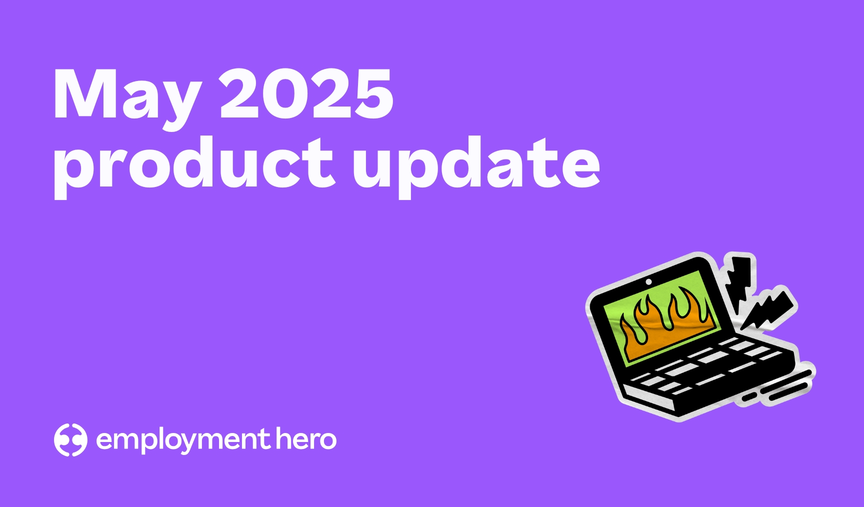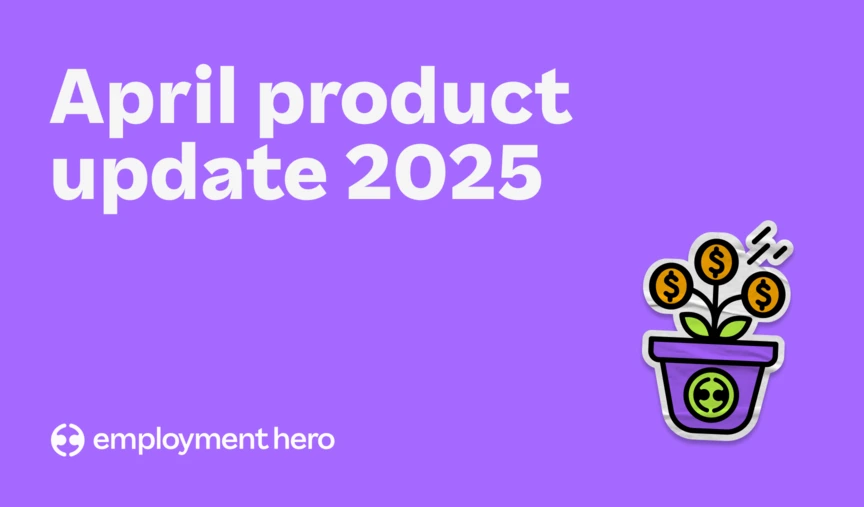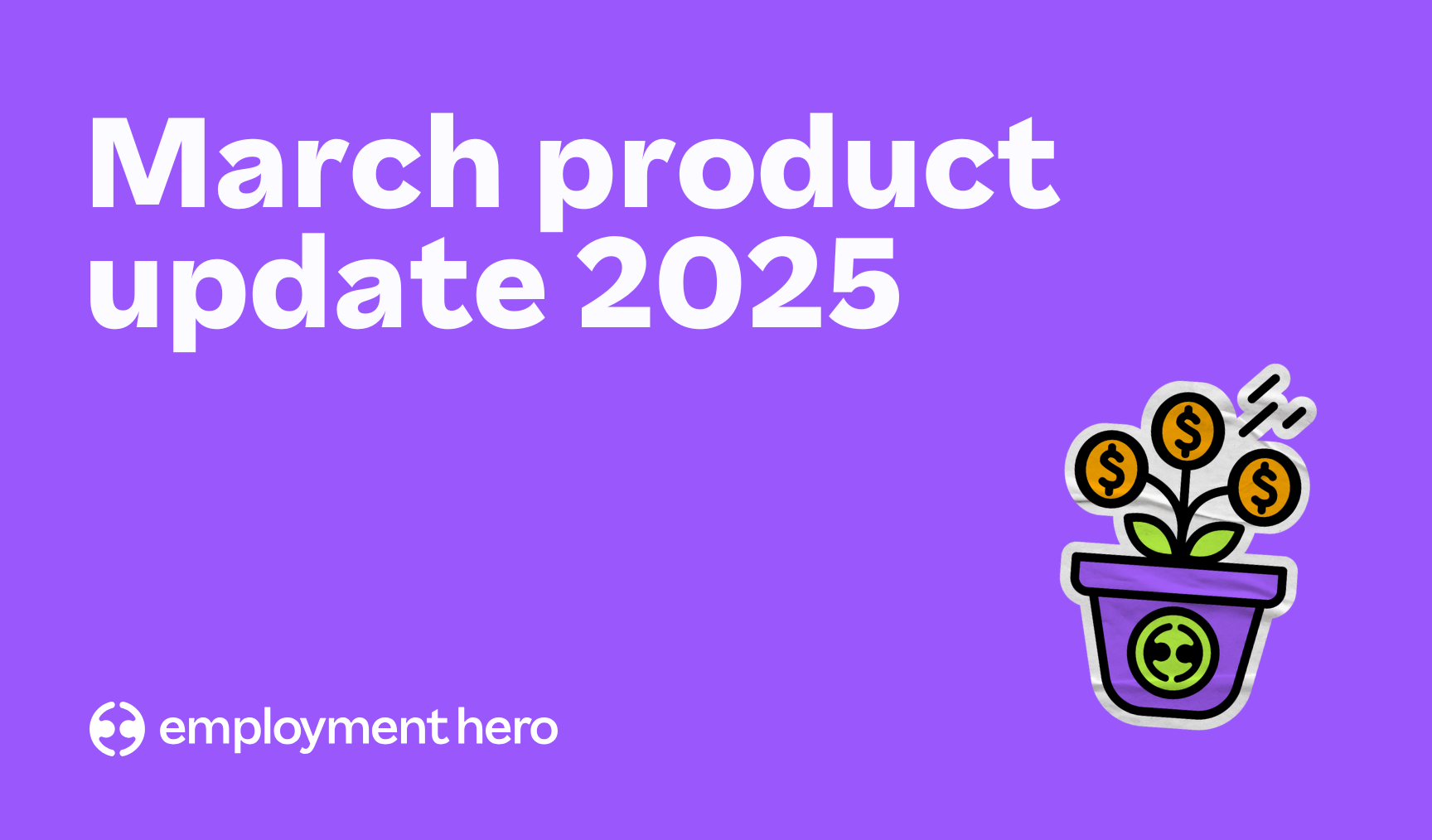14 tips on choosing a payroll software for accountants and outsourced payroll providers
Running payroll for clients? Learn how the right payroll software can simplify and streamline processes for accountant and outsourced payroll services.

Contents
As an accountant or outsourced payroll provider, choosing the right payroll software is crucial because it enables you to efficiently manage your clients’ payroll processes. But with so many options in the market and so many different features to choose from, it can get very overwhelming to shortlist one that suits you best.
To help you out with that process, we’ve got some tips on what to consider when selecting a payroll software. But before we get to that, you need to first get an overview of the payroll requirements your clients have.
What are the payroll requirements of clients with a small number of employees versus large number of employees?
For clients with a small number of employees, payroll requirements include basic payroll processing such as calculating wages, deductions, and taxes. Manual data entry or timesheet submissions are required for hours worked, overtime, and any other relevant information. There are limited benefits and deductions available, and employees usually get their salaries directly deposited into their accounts, or receive cheques.
Basic reporting such as payslips, end of year reports and tax forms, are necessary, but the reporting complexity is relatively low. Simpler tax filing also involves fewer forms and calculations. Employees would require self-service portals to access their payslips, tax documents, and update personal information. A comprehensive audit trail is also needed for accountability and compliance purposes. Handling sensitive employee data also requires robust data security measures to prevent breaches and protect employee privacy.
Clients with a small number of employees might also have different types of employees with different benefits and payment frequencies — e.g. contract staff, hourly wage staff, standard salaried employees and more. Although these are simple, basic payroll requirements, they may remain largely manual, take up a huge amount of time to complete, and can be prone to error if not automated.
On the other hand, for clients with a large number of employees, they have complex payroll processing involving different job roles, departments, and payment methods. Automated data import is essential, because handling data manually is impractical with a large number of employees. Integration with time and attendance systems is also crucial for accurate data input. Multiple benefits and deductions also require more comprehensive tracking and management.
Diverse payment methods are needed to accommodate different employee banking preferences — hence integration with different bank files is crucial. Advanced reporting capabilities are also needed to generate various reports for different departments, compliance, and management purposes. With more employees, the complexity of tax compliance increases, requiring accurate tracking of various tax obligations.
Similar to clients with a small number of employees, clients with a large number of employees would require self-service portals even more pertinently, to allow employees to easily access their payslips, tax documents, and update personal information. A comprehensive audit trail is also needed for accountability and compliance purposes, while handling sensitive employee data also requires robust data security measures to prevent breaches and protect employee privacy.
Payroll integration with other HR functions, such as employee onboarding, leave management and performance management, is essential for a huge team. If the client is operating in multiple states or countries, you need to navigate complex cross-border tax regulations and compliance requirements, which makes multi-jurisdictional compliance a non-negotiable requirement. Large employers may also need to provide various reports to regulatory bodies and external agencies, such as government agencies and unions.
With such a long list of complex payroll requirements, it’s more essential than ever to leverage on automation. Minimise the amount of manual work required and make payroll calculations, reporting, tax filing and more as easy, accurate, and compliant as possible.
How to choose the right payroll software
Once you’ve got a comprehensive list and thorough understanding of the payroll requirements your clients have, it’s time to move on to essential factors you can use to evaluate each payroll software provider.
1. Scalability and flexibility
Ensure the software can handle the varying needs of your clients, whether you’re dealing with small businesses or larger enterprises. It should be scalable to accommodate changes in the number of employees or clients you’re managing, so you’re not limiting the growth of your business.
2. Compliance and tax regulations
Your payroll software should constantly stay up-to-date with the latest payroll and tax laws and regulations in your region. This helps prevent errors, and ensures accurate tax calculations and reporting. It also lifts a huge burden off your shoulders because you no longer need to worry about compliance — they’ve got you covered.
3. Automation features
Look for software that enables you to automate tasks such as payroll and tax calculations, report generation and more. Leveraging on automation reduces the chance of human error and saves you so much time.
4. Integration capabilities
Choose software that can integrate with other accounting and HR systems that you or your clients might be using. This streamlines data sharing and minimises duplicate data entry.
5. User-friendly interface
A user-friendly interface is essential, especially if multiple employees and clients will be using the software. Intuitive navigation and clear layouts can help to reduce the training time needed, and speed up the implementations process. Having a clear interface that’s accessible via mobile as well will provide much needed convenience and ease for users too.
6. Security and data privacy
Payroll involves sensitive financial and personal information. Make sure the software employs strong security measures, like encryption and multi-factor authentication, to protect this data.
7. Customer support and training
Check if the software provider offers reliable customer support and extensive training resources. A dedicated support team can help to assist you quickly when issues arise or when you need guidance. This is crucial in maintaining client satisfaction.
8. Customisation options
Each client might have specific payroll requirements. A software that allows the customisation of pay structures, deductions, and benefits can better accommodate these unique needs.
9. Reporting functionality
Robust reporting capabilities help to generate essential financial reports, payslips, and tax documents. Make sure the software can generate the reports you and your clients require for statutory reporting. These reports will also provide you with invaluable insights you can use to better advise your clients.
10. Cost considerations
Compare the software’s pricing structure and ensure it aligns with your budget. Some software providers offer tiered pricing based on the number of employees or clients you onboard.
11. Cloud-based accessibility
Cloud-based software allows you and your clients to access payroll data from anywhere, which can be particularly helpful for remote work scenarios or flexible work arrangements. It facilitates efficiency and everything can be accessed either via desktop or mobile.
12. Reviews and recommendations
Research online reviews and seek recommendations from fellow accountants and payroll providers who have experience with using the software. Their insights can be invaluable in helping you make an informed decision.
13. Upgrades and future developments
You don’t want to be using a product thats turns stale and doesn’t improve. Check if the software provider regularly updates the software with new features, legislative changes, and improvements. This ensures that the software you use will stay relevant in the long term, plus you get more bang for your buck with an ever-growing suite of features.
14. Data migration
If you’re transitioning from an existing system, enquire about the ease of data migration and what it will entail. What are the steps required, the resources needed, and the estimated timeline for it? A smooth transition can save time and reduce disruptions.
Consider using a payroll software that does it all
You might be using multiple payroll software to service your clients now, but an all-in-one payroll software solution (like Employment Hero) offers unparalleled convenience, efficiency, accuracy, and flexibility.
A single software that covers all payroll processes streamlines operations. There’s no need to switch between different tools or systems, saving time and reducing the risk of errors. With all payroll data in one system, the likelihood of errors due to data entry inconsistencies or mismatched information is also minimised.
An all-in-one-solution also often integrates payroll with time and attendance tracking, HR management, benefits administration, and reporting. This integration reduces duplicate data entry and ensures data consistency across different functions. You get a unified system with a partner dashboard that provides a holistic view of payroll and related data, making it easier to generate comprehensive reports for management, compliance, and audit purposes.
Handle complex payroll scenarios with ease, such as multiple pay structures, diverse benefits, and intricate deductions, through automation. Plus, you can accommodate both small and large businesses, and ensures that your payroll system grows together with your business as you acquire more clients, without requiring migration to a new platform.
An integrated solution often includes self-service portals for employees, allowing them to access payslips, submit leave requests, update their personal information and more. This reduces the burden on your staff significantly. Managing multiple software systems can also be resource-intensive — having an all-in-one solution simplifies software management and support. It’s also much more efficient to train employees on a single software solution than train them on multiple tools with different interfaces and functionalities.
In addition, working with a single payroll software vendor helps to strengthen the relationship with constant interaction and contract management, and also benefits you in the long term as a continual, mutually beneficial partnership. While the upfront cost might be higher for a comprehensive solution, the long term cost savings due to increased efficiency and reduced errors will outweigh the initial investment.
Use Employment Hero to manage multiple clients with ease
Remember, the best payroll software for you depends on your specific needs, your clients’ requirements, and the regulatory environment in your region. Take your time to evaluate different options and choose the one that aligns best with your goals and processes.
If you’re looking for an all-in-one payroll software that can help you manage your growing client base with ease, Employment Hero’s Partner Network is here to help. Regardless of whether you have small or big clients, you can manage them effortlessly from our dedicated partner dashboards. Deliver an efficient and compliant payroll service for your clients, while reducing time spent on admin tasks by up to 90%.
Designed with accountants and outsourced payroll providers in mind, enjoy comprehensive tools and resources to and grow your service. You’ll be supported by a dedicated partner team and have exclusive access to benefits such as training discounts.
In conjunction with your products and services, we continuously invest in our offering to increase your reputation, credibility and value. With automation taking care of all your manual tasks, you can now focus on driving strategic objectives such as increasing client reach, creating additional revenue streams and driving new business with a value-added reseller model.
Check out our other resources:
Related Resources
-
 Read more: Product Update: May 2025
Read more: Product Update: May 2025Product Update: May 2025
Follow our May 2025 product update as we share all of the latest and greatest features we’ve released over the…
-
 Read more: Product Update: April 2025
Read more: Product Update: April 2025Product Update: April 2025
Follow our April 2025 product update as we share all of the latest and greatest features we’ve released over the…
-
 Read more: Product Update: March 2025
Read more: Product Update: March 2025Product Update: March 2025
Follow our March 2025 product update as we share all of the latest and greatest features we’ve released over the…








